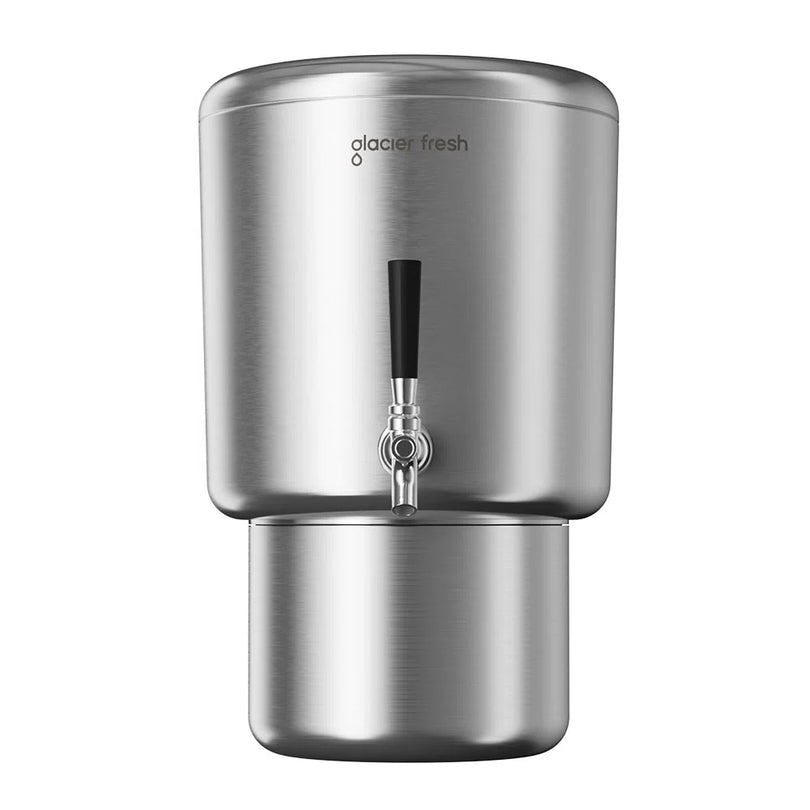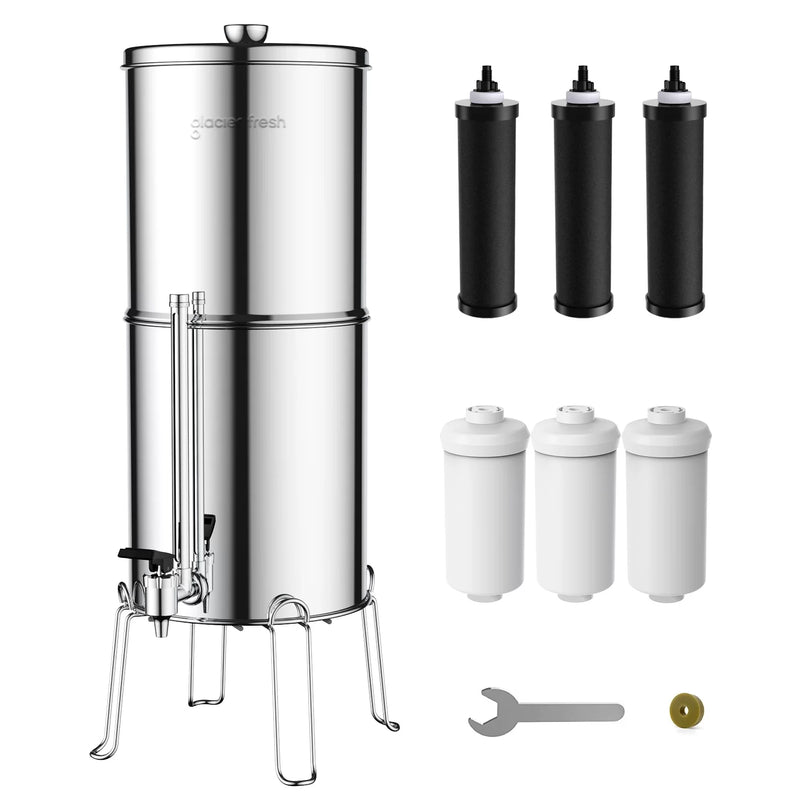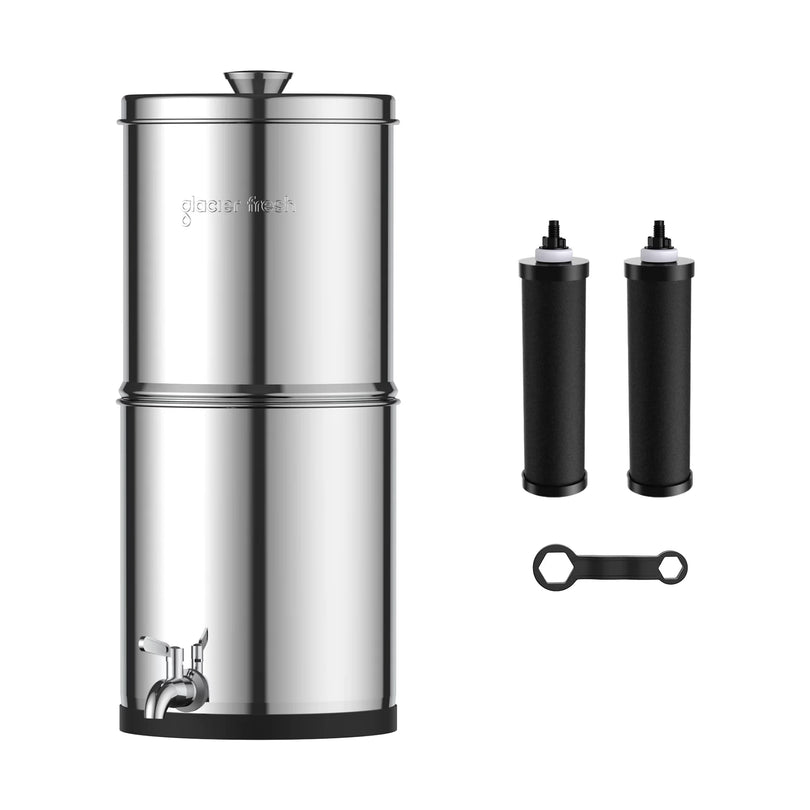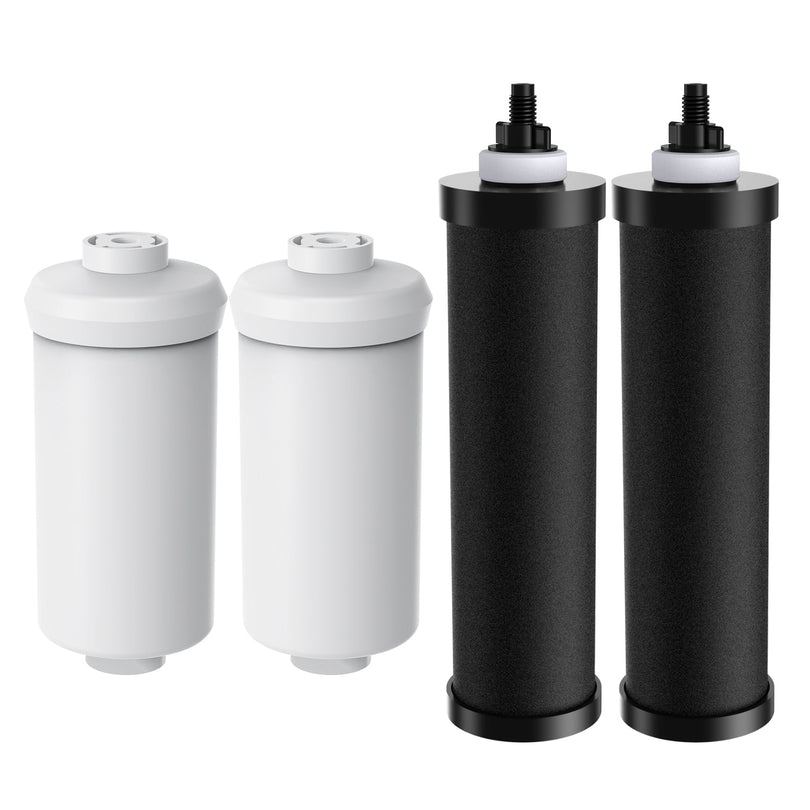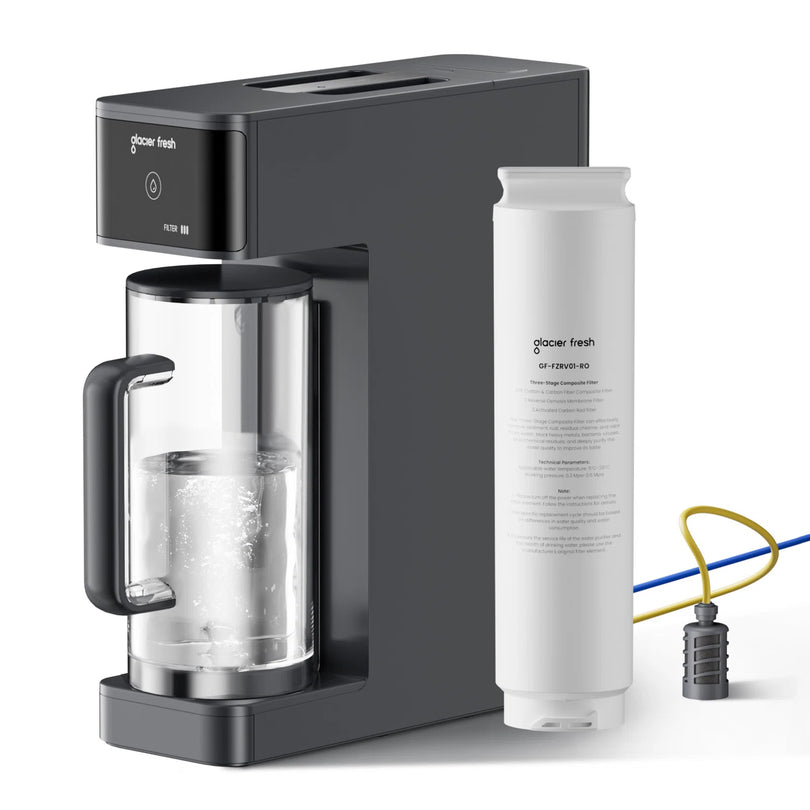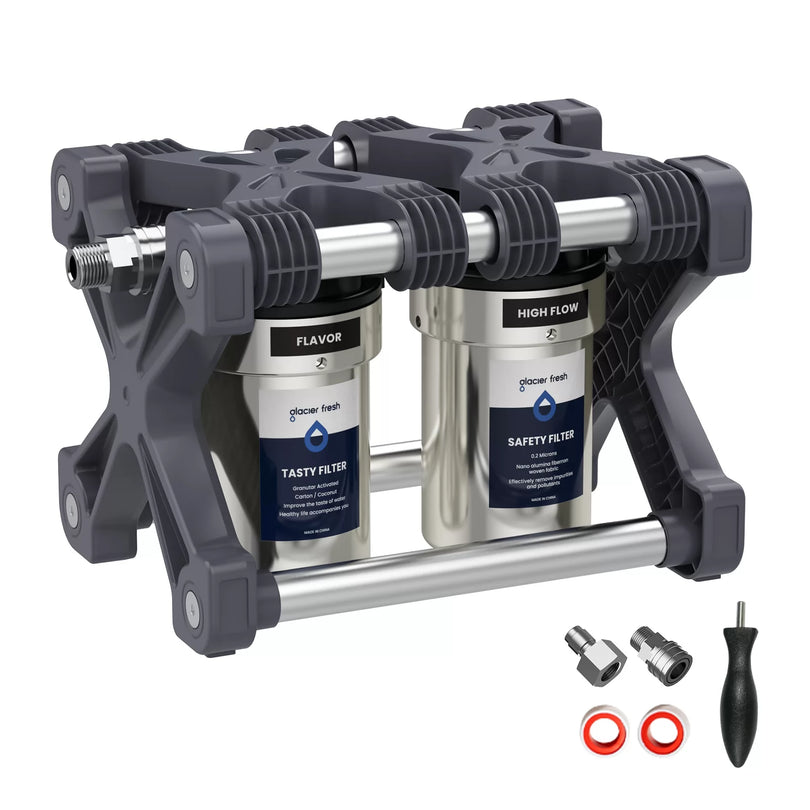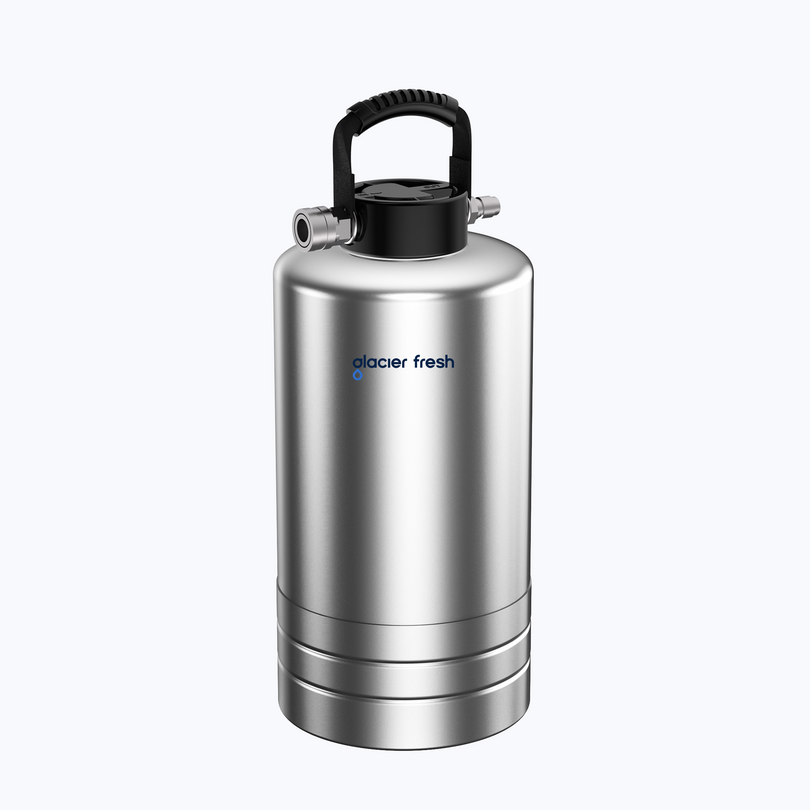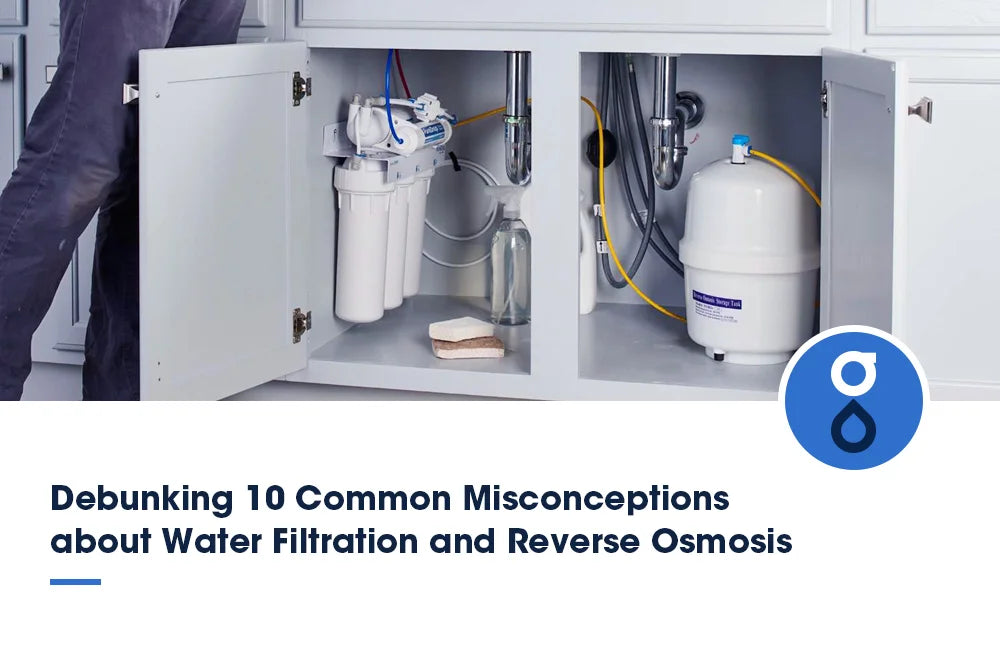Table of Contents:
What is reverse osmosis filtration?
How does RO filtration system work?
Benefits of reverse osmosis water filtration
Types of reverse osmosis filtration systems
Considerations for choosing the right RO system
Common concerns and issues with RO filtration
FAQs
Conclusion
Reverse osmosis water filtration utilizes a specialized membrane that separates water from contaminants when under pressure. This membrane only allows water molecules to pass through, effectively removing impurities. Harmful substances are efficiently eliminated by pushing water through the membrane at a pressure higher than osmotic pressure. If you're curious about how this purification process revolutionizes your drinking water, discover more about the wonders of reverse osmosis filtration.
What is reverse osmosis filtration?
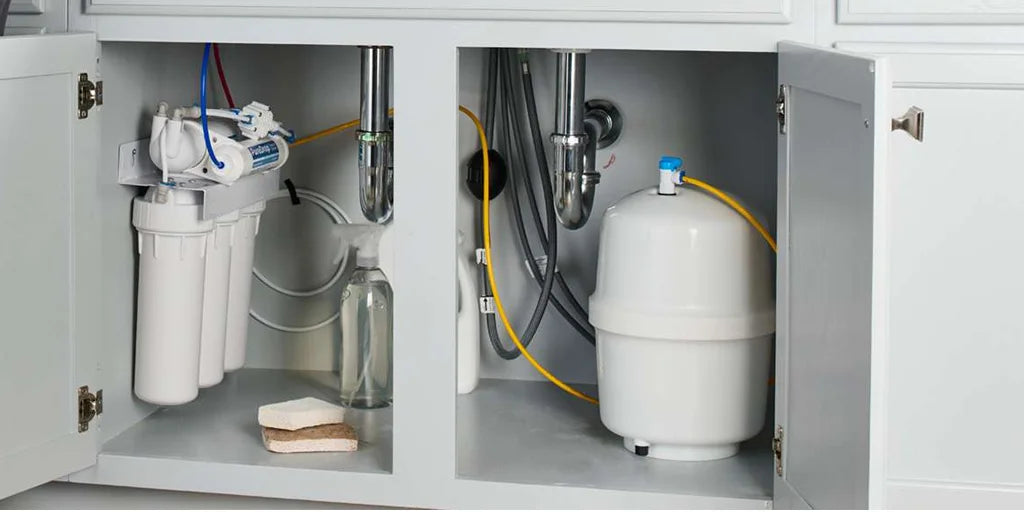
Reverse osmosis filtration removes impurities by forcing water through a semipermeable membrane. Understanding membranes is crucial in this process. These membranes have tiny pores that allow water molecules to pass through while blocking impurities like salt, chemicals, and other contaminants. Pressure requirements play a significant role in reverse osmosis filtration. The pressure helps push the water through the membrane, leaving contaminants behind. Adequate pressure ensures efficient filtration and the production of clean water.
Moreover, water quality requirements are essential for the effectiveness of reverse osmosis filtration. The water must meet specific standards to ensure the membrane functions correctly and produces high-quality filtered water. Contaminants present in the water can affect the membrane's lifespan and overall performance. Therefore, maintaining the water quality within specific parameters is vital to the success of the reverse osmosis filtration system. Understanding membranes, pressure requirements, and water quality standards are critical components in ensuring the efficiency and reliability of reverse osmosis water filtration systems.
How does RO filtration system work?

To understand how an RO filtration system works, visualize a high-pressure process separating impurities from water. The system employs membrane separation, a key technique in water purification. Here's a simplified breakdown of how a reverse osmosis filtration system functions:
- Pressure Driven Process: The RO system uses pressure to drive water through a semi-permeable membrane, allowing only water molecules to pass while blocking contaminants.
- Filtration Mechanism: As water is forced through the membrane, impurities such as chemicals, minerals, and microorganisms are trapped, leaving behind purified water for consumption.
- Osmotic Pressure: By applying pressure greater than the osmotic pressure, the system overcomes the natural tendency of water to flow from a less concentrated solution to a more concentrated one.
- Contaminant Removal: Through this process, the RO filtration system effectively removes a wide range of contaminants, ensuring that the water produced is clean, safe, and suitable for various applications.
Benefits of reverse osmosis water filtration

Reverse osmosis water filtration not only ensures the production of clean drinking water by eliminating contaminants but also offers numerous benefits that enhance water quality and safety. Here are some key advantages you can enjoy with a reverse osmosis system:
- Cost savings: Investing in a reverse osmosis water filtration system can lead to long-term cost savings by reducing the need to purchase bottled water or expensive water treatment solutions. It provides a cost-effective way to supply clean, purified water at home constantly.
- Health benefits: Reverse osmosis water filtration removes impurities like lead, chlorine, bacteria, and viruses, ensuring that you and your family can access safe and healthy drinking water. It can also contribute to improved overall health and well-being.
- Environmental impact: Opting for reverse osmosis helps reduce the consumption of single-use plastic bottles, which are harmful to the environment. Choosing a sustainable water filtration method can lessen plastic waste and promote eco-friendliness.
- Improved taste and odor: Reverse osmosis systems enhance your drinking water's taste, smell, and overall quality by eliminating contaminants that can affect flavor. Enjoying clean, fresh-tasting water from your tap can improve your hydration experience.
Types of reverse osmosis filtration systems
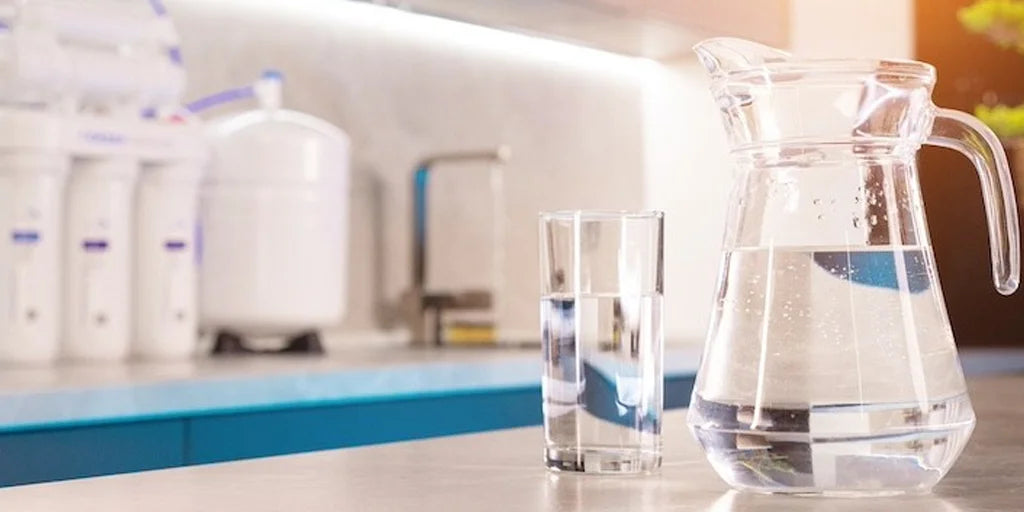
Considering the diverse needs of consumers, reverse osmosis filtration systems come in various types to cater to specific water purification requirements. These systems vary in maintenance requirements, performance comparison, and installation process. Below is a table highlighting some common types of reverse osmosis filtration systems:

Each type has unique features, so it's essential to consider your specific needs when selecting the most suitable reverse osmosis filtration system for your home or business.
Considerations for choosing the right RO system
When selecting the ideal RO system like Undersink RO Water Filter System, prioritize your specific water purification needs for optimal results. Here are four key considerations to keep in mind:
- Maintenance tips: Consider the maintenance requirements of each RO system you're evaluating. Some systems may require more frequent filter changes or cleaning to operate efficiently.
- Cost comparison: Compare the initial cost of the RO system with the long-term expenses. Factors in the purchase price and ongoing maintenance costs include filter replacements and energy consumption.
- Installation process: Evaluate the installation complexity of different RO systems. Some may require professional installation, while others are designed for easy DIY setup. Choose a system that aligns with your technical skills and comfort level.
- Water quality: Assess the quality of water produced by each RO system. Look for certifications and customer reviews to ensure the system can effectively remove contaminants and provide clean, great-tasting water for your household.
Common concerns and issues with RO filtration
Efficiency in addressing common concerns and issues with RO filtration is vital for ensuring optimal performance and water quality. When it comes to maintaining your RO system, here are some essential tips to consider:
- Regular Maintenance: Stay on top of filter replacements and system sanitization to prevent clogs and bacterial growth.
- Monitoring Efficiency Concerns: Keep an eye on water pressure and production rate to address any drop in performance promptly.
In terms of health implications and taste preferences:
- Health Considerations: Be mindful of mineral loss during filtration and consider remineralization options for balanced water consumption.
- Taste Preferences: Some individuals may find RO water tasteless due to removing minerals; consider enhancing taste with fruit infusions or a carbon post-filter.
Considering the environmental impact and cost analysis:
- Environmental Responsibility: Dispose of filter cartridges responsibly to minimize environmental impact.
- Cost Efficiency: Balance initial investment with long-term savings on bottled water and potential plumbing repairs.
FAQs
Are there any potential health risks associated with drinking reverse osmosis water?
Drinking reverse osmosis water can have health benefits by providing high water purity. However, potential risks include reduced mineral intake. It's essential to consider these factors and consult a healthcare professional to ensure balanced hydration.
Can reverse osmosis remove all contaminants from water, or are there some that it may be unable to filter out?
Reverse osmosis can remove many contaminants, but it has limitations. Its effectiveness varies based on the type of contaminants, and it may not meet all water quality standards. Consider additional filtration methods for specific needs.
Conclusion
So, now you know how reverse osmosis water filtration works! With its effective removal of contaminants and impurities, RO systems offer clean and safe drinking water for your household. Consider the benefits, types, and factors of choosing the right RO system. Remember common concerns and issues, but rest assured that with proper maintenance and care, you can enjoy the benefits of clean and pure water with reverse osmosis filtration. Follow Glacier Fresh to find more water filtration soulutions.





